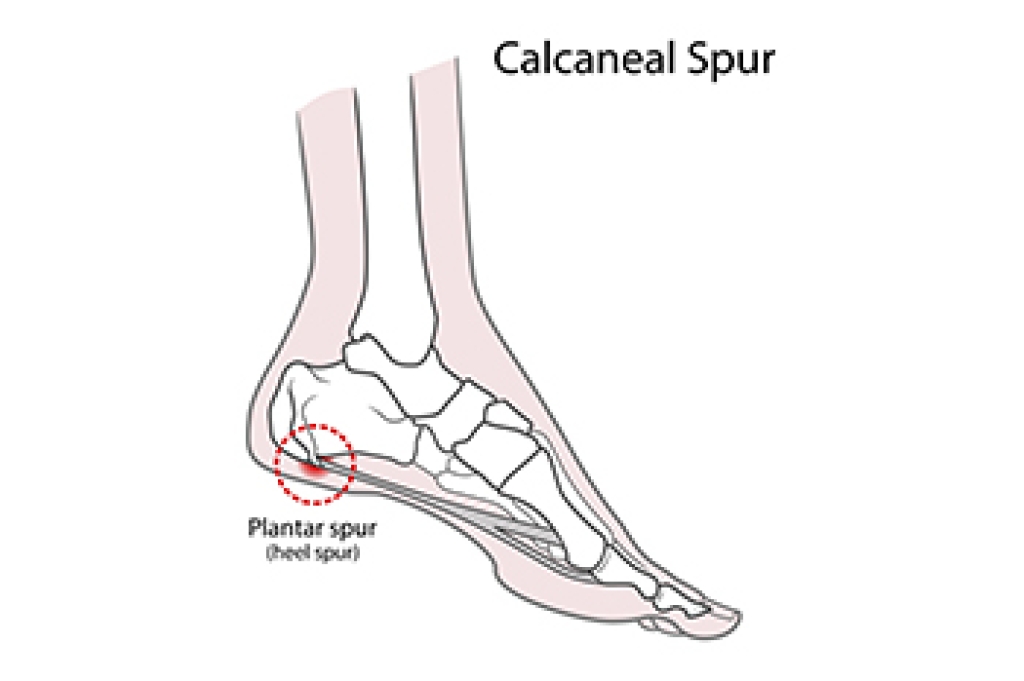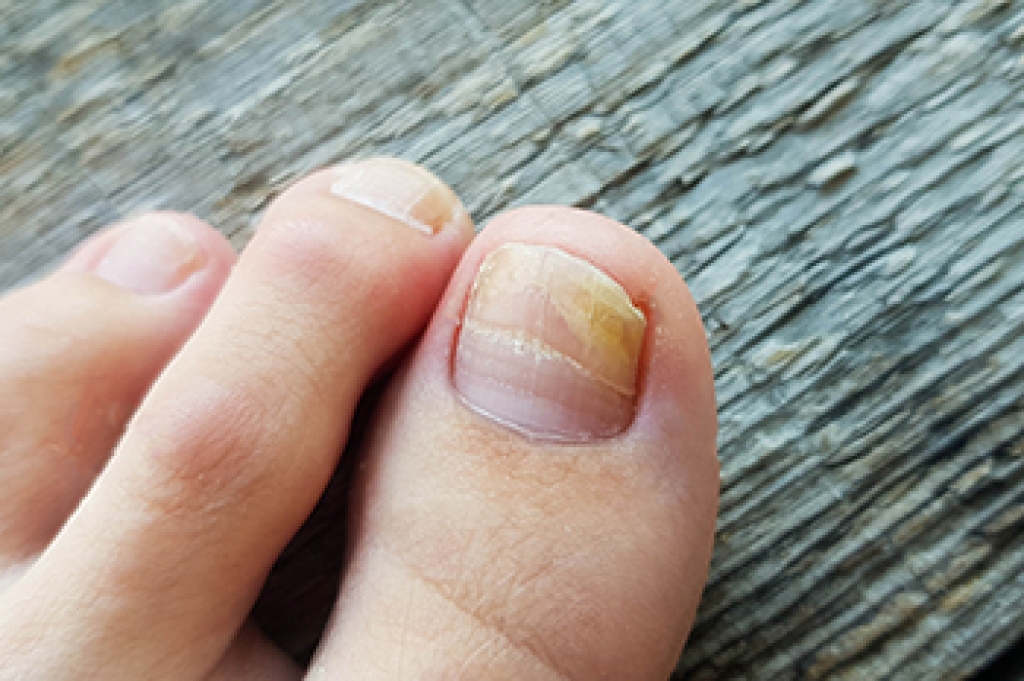
Specific ways of walking, known as gait, affect how the feet, toes, and ankles bear weight. When pain appears in one area, such as toes, forefoot, midfoot, or heel, the body often shifts pressure to other areas without conscious effort. For instance, heel pain may lead to less pressure at the back of the foot but more under the forefoot. Pain in the arch can cause more force through the middle of the foot to maintain balance. If toes or the ball of the foot hurt, the push-off of each step becomes weaker causing other parts of the foot to take over. This can lead to discomfort in the feet or ankles. A podiatrist can carefully evaluate your gait, or walking pattern, identify where pressure is uneven, and recommend treatment to bring balance back to your foot function. If you have foot pain that may be related to changes in gait, it is suggested that you schedule an appointment with a podiatrist for an exam and appropriate treatment.
If you have any concerns about your feet, contact one of our podiatrists from ABC Podiatry. Our doctors can provide the care you need to keep you pain-free and on your feet.
Biomechanics in Podiatry
Podiatric biomechanics is a particular sector of specialty podiatry with licensed practitioners who are trained to diagnose and treat conditions affecting the foot, ankle and lower leg. Biomechanics deals with the forces that act against the body, causing an interference with the biological structures. It focuses on the movement of the ankle, the foot and the forces that interact with them.
A History of Biomechanics
- Biomechanics dates back to the BC era in Egypt where evidence of professional foot care has been recorded.
- In 1974, biomechanics gained a higher profile from the studies of Merton Root, who claimed that by changing or controlling the forces between the ankle and the foot, corrections or conditions could be implemented to gain strength and coordination in the area.
Modern technological improvements are based on past theories and therapeutic processes that provide a better understanding of podiatric concepts for biomechanics. Computers can provide accurate information about the forces and patterns of the feet and lower legs.
Understanding biomechanics of the feet can help improve and eliminate pain, stopping further stress to the foot.
If you have any questions please feel free to contact our office located in Columbus, OH . We offer the newest diagnostic and treatment technologies for all your foot and ankle needs.








